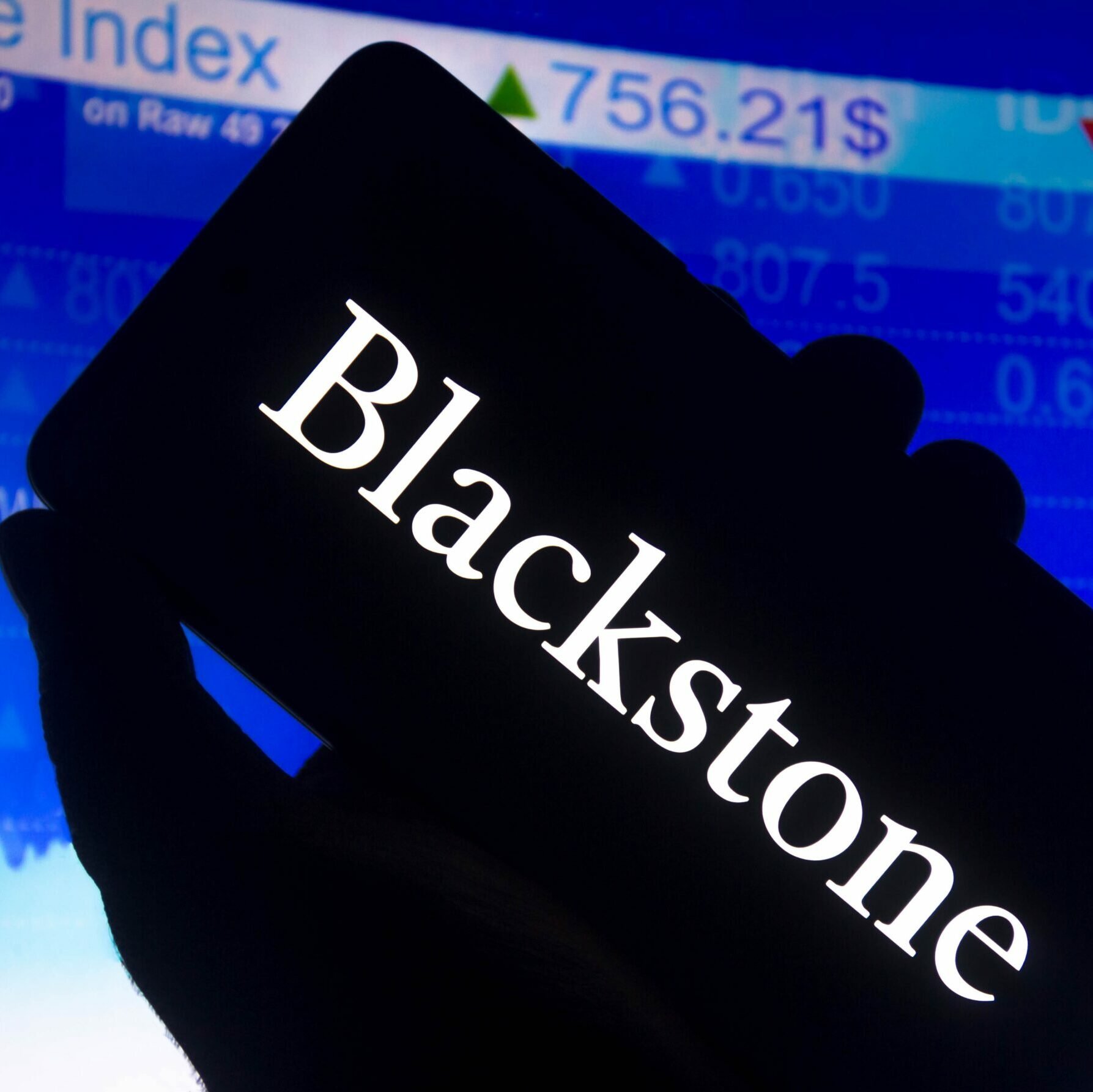Russell Steenberg, Global Head, Blackrock Private Equity Partners
In 2022, we look for continued performance supported by a low rate borrowing environment, open capital markets, pent up demand and dry powder, after two years of strong fundraising.
The size of the private equity market – in terms of AUM and number of private equity investors – has tripled in the last decade, as interest in the asset class increased and access was democratised. Investment and exit activity reached record levels in 2021; increased realisations fuel fundraising, and as a result, we are witnessing a shorter fundraising cycle. Despite such unprecedented growth on all fronts, we see little evidence for short-term slowdown and expect the current pace of investment to continue in 2022.
We are approaching the 2022 investment landscape with prudence.
Valuations remain high, which means selectivity will be as important as ever. GPs should look carefully at leverage ratios and how companies manage cash flow and liquidity through periods of market volatility. It is important to recognise where we find ourselves in an industry cycle, thinking about the past and also understanding future growth trends for a particular industry. At BlackRock, we remained focused on building diverse portfolios of high-quality businesses with defensible positions in markets with growth opportunities. Competition for investments heightens the importance of broad sourcing networks, industry sector expertise and operational skills. In North America, price discipline will be key as purchase price and leverage multiples near record levels. Europe is likely to follow a similar trajectory, with elevated valuations and investment appetite, albeit with dispersion across the region. In Asia, there is elevated short- term risk given geopolitical tensions and increased regulation that may limit potential exit options for deals in China; however, we believe China continues to offer strong long-term opportunities in technology, healthcare and consumer goods. We have a positive outlook for other regions in Asia, particularly buyout and growth opportunities in South Korea, Australia and Japan.
Alternative data presents the potential to revolutionise private equity investing, provided investors are able to harness, analyse and turn takeaways into actionable investment decisions. Since private companies by their nature lack public filings, sources of alternative data – news outlets, broker reports, internet blogs, search trends, satellite imagine, and beyond – become particularly appealing in the exponentially larger private market investment universe.
2022 is likely to be a tipping point, and we believe the ability to leverage alternative data will separate good from great PE providers in the next few years. GPs will have to go beyond data gathering; the true advantage will lie in the ability to discern the ways in which the data points can be used to identify likely outperformers and make smarter investment decisions. We see alternative data as an enhancer of the fundamental investment process which can provide managers with an information advantage.
We believe the increased attention to ESG in private equity will continue in 2022. Private equity is well positioned to play a leading role in the transition to a sustainable economy given its long-term focus, direct governance and additionality. While climate-related investments may seem the largest opportunity set, we remain optimistic about opportunities in advancing good health and wellbeing, as well as education and financial inclusion.
Nils Rode, Chief Investment Officer, Schroders Capital
Fuelled by Covid-induced monetary and fiscal stimulus, as well as strong past performance, interest in private equity has been rising sharply. We expect this to continue in 2022.
This has brought fundraising levels in some areas significantly above their long-term trend. Typically, such a situation can put pressure on vintage year performance expectations. We therefore believe that the illiquidity premium is under pressure, while other drivers of outperformance – such as the complexity and size/smaller investment premia – remain intact.
Furthermore, in terms of private equity fundraising, the US and Europe have been notably above their long-term trend, especially for venture and growth capital. Over the past five years, venture and growth capital fund raising has grown by 240 per cent, driven by the emergence and growth of the so-called unicorns (privately held companies with valuations above USD1 billion). In contrast, annual buyout fundraising in the US and Europe increased by only 59 per cent in the same period.
In such an environment, our view for 2022 is that – besides adherence to a long-term strategy and investment discipline – the main determinants of success within private equity will be, a high level of selectivity and a focus on the complexity premium. The complexity premium can be captured in private equity when two factors meet. Firstly, when a situation arises that is particularly complex in terms of access, risks and opportunity. Secondly, when rare skills are deployed to source, select and negotiate, develop and exit the investment.
On a sector-by-sector basis, we continue to see healthcare, technology and consumer as the three most interesting sectors within buyouts. Even though competition for such deals has further increased given the boost the pandemic has given to these sectors, we continue to see attractively priced opportunities in the small and mid-sized segment of the market.
We also observe that strong alignment of investments with the UN’s Sustainable Development Goals contributes positively to investment performance, especially where highly active private equity managers make transformational improvements to companies.
With regards to secondaries, we view the most interesting opportunities within GP-led transactions. These allow fund managers to keep and develop some of their most attractive portfolio companies for a longer time period than they would otherwise be able to do. This is the fastest growing part of the secondaries market. It is expected to generate USD60 billion-plus of secondary deal volume in 2021, up considerably from prior years. GP-led secondaries are typically highly complex transactions, involving many different stakeholders, and this creates an advantage for those investors who are already a primary or co-investor in those assets.
Moving onto venture capital, the last 12 months have seen an extraordinarily positive environment globally, both for follow-on financing and for exits, especially for IPOs. However, increasing fundraising and dry powder are a concern, particularly for late stage and pre-IPO financings of high growth companies where we are seeing valuations significantly above historical metrics. We favour the seed and early-stage part of the market and see more opportunities here to capture the complexity premium compared to later stages. The most attractive opportunities in new and emerging themes are across technology, healthcare, and climate tech.
One emerging theme in technology is ‘the future of work’ as many companies will have a permanent hybrid work environment with office-based and remote teams. Within healthcare, we are exploring companies focused on drug discovery platforms with potential break-through therapies in solid tumours, cardiovascular, and organ regeneration. Climate tech is one the new emerging themes focused on technologies that reduce CO2 emissions.
Overall, the results of our recent Institutional Investor Study found that private equity was the stand-out asset class within private assets, in terms of investor demand. We expect the popularity of private equity to remain strong next year as we anticipate it will continue to deliver robust performance and returns for our clients.
Peter Witte, Associate Director, Private Equity, EY
The trillion-dollar question for private equity now is ‘is there a ceiling on the market?’ and if so ‘where is that?’.
The overarching 40,000-foot view is that we’re in the middle of this transformation in terms of how companies get funded. I think that mainstream, traditional buyouts in the US and Europe will continue, but a lot of the new growth for the industry is going to occur in new deals and new strategies.
You see this with the focus on growth capital and funds which are out there raising these huge growth capital funds. It’s been an area in which private equity has dabbled for most of its history, but GPs haven’t raised this kind of money before, and they haven’t been so involved in the growth capital. So some of these new strategies are really going to drive a lot of growth.
Also, when we think about what private equity would have looked like even five years ago, a lot of the firms – not all of them, but many of them – were organised around sectors and sector teams. A private equity fund was a collection of all these different sector verticals. Now you’re seeing a bifurcation of that. Where, if you’re a large firm, you can use your scale, and pursue a thematic approach: so it’s logistics, it’s data infrastructure, it’s retail, it’s all of these sort of cross-sector themes. If you’re a smaller firm, you’re still taking your sector approach, and maybe you’re making it a sub-sector approach: so you’re not focused on healthcare anymore, you’re focused on healthcare IT. There are still generalist, middle market firms out there but it’s getting harder and harder to do. This segmentation of different strategies is also driven by the LPs looking to dial up their exposures a bit more.
Where will this go in 2022? Software has just been a massive theme. It fluctuates from maybe a quarter to a third of total private equity investment activity. And so, there’s a question of ‘how long does that have to run’? Has that investment theme gotten too crowded, or are we still in the very early stages of where that’s going to go? Opinions are really all across the board; you have LPs that are worried about the amount of exposure they have in the tech space; and you have LPs saying ‘This is the thing that’s going to play out over the next 30, 40, 50 years’. That seems to be the prevailing view. The market is looking at not just pure play software, but now really using software as sort of a lever for value creation.
ESG is the other theme we will see more of in 2022. The number of conversations that we’re having with firms around ESG-related issues over the last 18 months has absolutely exploded, it’s gone from being on the backburner to something that’s really front and centre. You see it in the hiring that they’re doing, elevating these mid-level roles, or bringing in very senior people that report to the CEO. Firms are realising that this is another value creation level. If they invest in making a company better along some of these non-financial measures, then that will translate into better returns for their investors as well.
But both of these themes play into a question around talent. Digital and ESG are really new capabilities for a lot of these private equity firms. Firms are now making huge investments in data science, above and beyond the traditional deal team, operations partners, and back office. How do you source those people? How do you integrate them into the firm, in terms of their compensation and in terms of culture.
And how do you do that in a way that’s as inclusive as possible, and that leverages the benefits of a diverse workforce?
Markus Benzler, Global Head Multi-Manager Private Equity, UBS Real Estate & Private Markets
This year was great for the private equity market.
Since Covid-19 dipped the market in Q1 2020 it has been a strong run, and actually even on a longer perspective, since the global financial crisis, private markets have enjoyed consistent and strong returns, with a few exceptions here and there.
In general it seems to be like a super-cycle, although we anticipate this will slow down at some point for a number of reasons.
I think in 2022 there will continue to be spill-over effects from public markets. I don’t know if it’s everybody’s view, but the common perception for public markets is that there’s more volatility [to come] and also opportunities, but more of a sideways movement than up or down.
[The shock for private equity investors in 2022] could be just related to the real economy, or it could be political or based on other movements affecting stock exchanges globally. I think it’s very likely that something like this will happen in 2022 and this will impact private market valuations. It will be with a lower correlation than one but it will affect private markets. We wouldn’t go so far as to say ‘prepare for it’ but we are very mindful that this can happen and quite frankly I am not sure, especially on the limited partnership side, how prepared people are for that.
On the GP front, if they are managing buyout funds and they’re more linked to the industrial sector or invested in retail companies, they’ve typically already worked hard in the last one and a half years due to the real economic impacts of Covid-19. Obviously some GPs are less prepared than others but I think on the GP side, they’re quite well equipped in terms of what to do if the environment changes, especially among those that have been around for longer than others and have the skill set to weather the storm, whatever might come.
We have a much more cautious stance towards our own investors, but also to our management. Let’s be prepared not to always go in one direction. In the best case scenario, such a change will come from a political angle or from stock markets, with less of a root in the real economy, but it could also arise from recent developments with Covid-19 which is continuing to impact markets, even with a vaccine.






